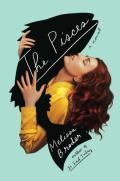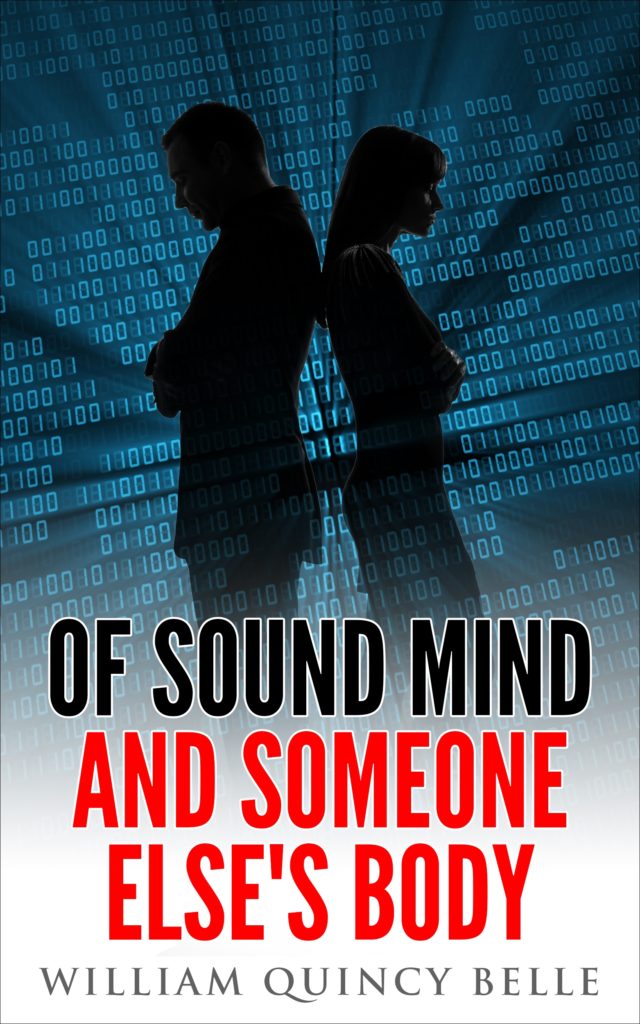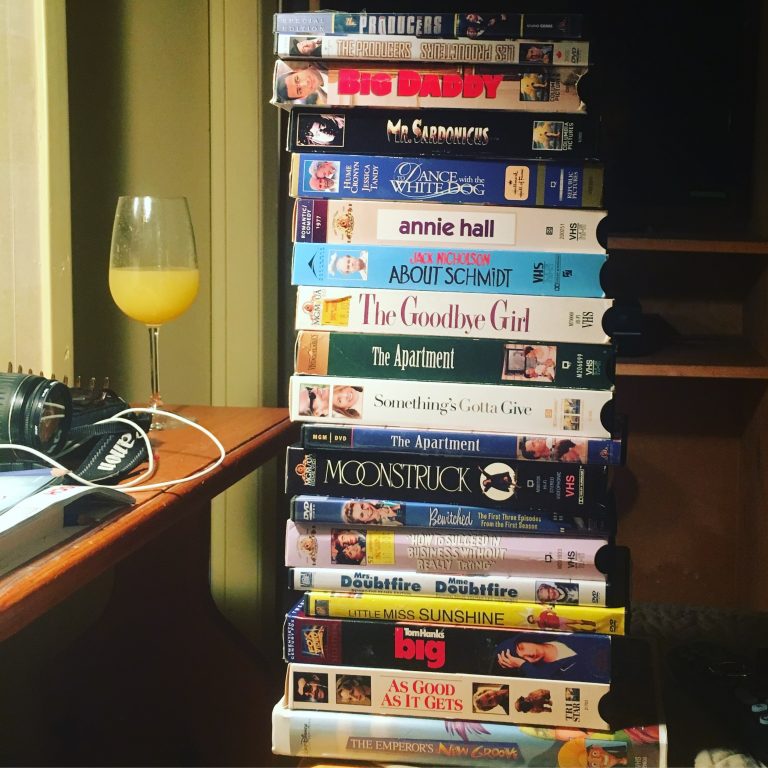
Dear friends: This is a hard time. I’m proud of you for wherever you’re at, whether you can’t stop crying in bed or you’re doing pretty okay actually (or something else entirely). Whatever reaction you’re having is valid – as long as you’re not one of those “This virus is cleansing the planet!!” ecofascists or a “But people should still pay their rent somehow!!” capitalist.
My friend JoEllen recently published a list of “comfort media” to consume in These Trying Times. I wanted to do something similar, although I will say that not all of these works are necessarily comforting. Some of them are just cathartic, or absorbing, or all of the above. When I’m sad or anxious, sometimes I don’t want to turn away from those feelings – sometimes I want to walk right into them, revel in them, exorcize them from my body.
In that spirit, here are 15 pieces of media, across various genres and formats, that I think you might find helpful right now in one way or another. (A note: all the links to books in this post go to the Powell’s website. Powell’s is a great indie bookstore that you should absolutely support in these tough times if you can, instead of lining Bezos’s already-overstuffed pockets.)
Stephen King, it must be said, is a problematic fave. However, he has written some of the best apocalyptic fiction in the biz. I often find it useful to focus on his terrifying stories in times that are, themselves, also terrifying – because, I reason, I may be having a tough time but at least I’m not handcuffed to a dead man’s bed (Gerald’s Game) or running away from my axe-wielding husband (The Shining).
There are three King novels that feel particularly salient to me in These Times, and they are as follows. Under the Dome is one of my all-time favorite books – it’s a hefty 1,000 pages but the pace is snappy enough to make that seem reasonable, as is often the case with King. In this story, an invisible but impenetrable “dome” descends on a small town in Maine called Chester’s Mill, cutting off its residents from the outside world and plunging the population into a panic. You’ll see familiar moments in this story – grocery store riots, lying politicians – but also moments of hope, triumph, and the goodness of humanity. (P.S. If you like audio formats, you honestly owe it to yourself to read Under the Dome as an audiobook – it’s read by the ever-wonderful Raúl Esparza and is beyond compare in its genre, IMO.)
The King novel most prescient of our current situation is, of course, The Stand, his epic novel about a flu strain engineered by the army as a biological weapon which then gets leaked into the world by accident. It quickly infects and kills over 99% of Earth’s population, and the survivors are left to cobble together some semblance of a new society in the wreckage. There’s lots of good stuff in here about friendship, grit, and goodness – all balanced with plenty of that signature King darkness and evil. This book shows a version of pandemic response that’s far more drastic than anything our world will likely face due to COVID-19, so it’s escapist in the sense that it allows you to think, “Well, things are bad, but at least they’re not this bad.”
I also gotta shout out my favorite lesser-known King novel, the relatively recent Sleeping Beauties, which he co-wrote with his son Owen. This one’s also about an apocalyptic scenario of sorts: all the women on Earth start contracting a mysterious illness where, when they fall asleep, they essentially go into a coma and cannot be awakened. Hilariously, we then get to see what happens when the men of the world are left to fend for themselves. Chaos ensues, obviously. This one isn’t as well-reviewed as some other King novels, but I wonder how much of that is due to its vaguely feminist themes!
If you like podcasts and/or roleplaying games and haven’t yet dove into the amazingness that is The Adventure Zone, you’re in for a treat. It’s my favorite podcast of all time – maybe even my favorite piece of narrative media ever? It has made me laugh and cry more than any other podcast, certainly.
TAZ is the three McElroy brothers (of My Brother, My Brother and Me and Polygon fame) playing tabletop RPGs with their dad. The first campaign, Balance, follows a flamboyant wizard named Taako, a wholesome carpenter named Magnus, and a goofy cleric named Merle as they work to collect 7 dangerous relics from all over their magical world. Start with episode 1; after that, there’s still SEVENTY-SIX more episodes for you to listen to in the first campaign alone. (Yeah, it’s a hugely epic story.) One of the later campaigns, Amnesty, is also a gorgeous blend of comedy, camaraderie, and magical realism.
While we’re talking about immersive fantasy podcasts: have you heard of Hello from the Magic Tavern? It’s an almost entirely improvised narrative fiction podcast about a guy named Arnie who accidentally falls through a magic portal into a faraway fantasy land called Foon. Looking to understand the planet he’s landed on, Arnie sets up his podcast recording equipment at a nearby tavern and begins weekly interviews with various guests from around Foon – swordsmen, shopkeeps, goblins, and royalty – all while backed up by his two faithful cohosts, a self-aggrandizing wizard named Usidore and a horny shapeshifter called Chunt. Start with episode 1 and get lost in Foon – it definitely seems better than Earth right now!
Brilliant comedian and musician Lane Moore wrote a book called How to Be Alone which feels particularly needed at this time. It’s full of thoughts about anxiety, attachment, and the longing for intimacy, but its tone is ultimately hopeful – by the time I finished this book, I felt much better about the idea that I might not always have a partner, or tons of close friends, and that might be okay. If you’re struggling with feelings of loneliness and isolation, pick this one up; reading it is like having a profound chat with a good, smart pal.
Lane is also doing a nightly Twitch show (last I checked, anyway) at 8 p.m. Eastern time, also called How to Be Alone, that you can watch right here. She describes it as being like Pee-Wee’s Playhouse for lonely adults – and don’t we all need that right now?!
Looking for something uplifting to read? You really can’t do much better than Alexandra Franzen’s You’re Going to Survive, for which she interviewed professionals across multiple fields (cuisine! music! fashion! non-profits!) about the hardest moments of their careers and how they got to the other side. I’ve never seen a more striking illustration of the notion that “this too shall pass,” always.
If you’re less about distraction and more the type of person who likes to dive directly into your feelings and face them head-on, I highly recommend the movie Contagion (2011), a fast-paced thriller about a high-mortality virus that originates in bats and pigs and quickly spreads around the world. It’s topping the charts right now on streaming sites and whatnot; evidently a lot of people are turning to it, for one reason or another.
The main thing I found comforting about this film is that the scientific and medical professionals in it are incredibly competent and smart (and are, notably, mostly women). The science presented in the movie was thoroughly researched and the moviemakers consulted professionals in the relevant fields, so one could even say Contagion is educational. On an emotional level, watching the brilliantly-acted suffering of mb Damon’s character – who (mild spoilers here) loses his wife and son within the first few minutes of the movie – is cathartic in the most ineffable of ways. He is us and we are him. Hang in there, mb Damon.
If you like fanfiction – and even if you don’t – the novel-length Sherlock stories written by Katie Forsythe (a.k.a. Wordstrings) are worth looking into. She’s a brilliant writer who explores themes of mental illness through the familiar characters of the Holmes universe. I find it’s very hard to worry about my own problems (or even my own planet’s problems) when I’m tracking Sherlock and John’s journeys through crime scenes, drug hazes, and sexual tension.
All the Best and Brightest Creatures might be my fave. An asexual (but not sex-repulsed) Sherlock gets together with a bewildered-yet-horny John, all while they try to solve mysteries set in place by one Jim Moriarty. I’m not sure I’ve ever read a fanfic story so gripping. And conveniently, Archive of Our Own lets you export fanfic in formats that’ll work on your e-reader, so you can lounge in bed or in the tub with Sherlock and John to keep you company.
It’s all too easy to fall into a YouTube rabbit hole these days, consuming news videos and conspiracy videos galore about the current situation. But why not make your YouTube gallivanting into a more pleasant, educational, and uplifting endeavor? I can’t recommend Philosophy Tube highly enough – it’s a campy-yet-esoteric video series in which the dazzling Olly Thorn presents his ideas on topics as wide-ranging as sex work, witchcraft, and Jordan Peterson. He takes an honest look at the world as it is, and theorizes on ways it could be better, kinder, stronger. His videos are also plenty theatrical and silly at times – this isn’t some dry philosophy lecture!
While I’m talking about YouTube, I would be remiss not to mention the Bon Appetit channel, which is basically porn if you enjoy food, competence, and kindness. Our mess of a planet kind of fades into the background while you’re watching, for example, Claire Saffitz trying to make KitKat bars from scratch, or Amiel Stanek sampling every way to cook an egg. I wish the channel would start putting out videos of the BA chefs making quarantine-appropriate dishes from their own separate homes!
If you are a video game person, you’ve probably already been turning to your games of choice for entertainment and comfort. But if you’re looking for recommendations specific to this moment, I’ve gotta say that the immersive, competitive, and plot-driven nature of the Pokémon games has made them invaluable to me through all of this. You add “pocket monsters” to your team, train them, and battle with them, all while traversing strange lands and meeting interesting people. I would suggest starting with HeartGold or SoulSilver if you’re new to the series – they’re both fairly accessible and they also take longer to get through than most (if not all) of the other main-series games. If visuals are important to you, the X/Y and Sun/Moon versions look much nicer, though they are definitely less challenging than previous iterations.
There’s also the game everyone is talking about right now, Animal Crossing. A new version is out for the Switch but I’m also quite partial to the 3DS version, New Leaf. Animal Crossing is essentially the Seinfeld of games, in that it’s a game about nothing: you have a house in a small idyllic town, and you can make friends with your neighbors, decorate your home, go fishing, buy cute clothes, and just generally lead a low-stakes fantasy existence. If you need a whole other life to distract you from your real life, Animal Crossing is definitely a good option.
Along similar lines, it’s very easy to get absorbed in any Harvest Moon game. The focus of these is farming, which doesn’t seem like it would be that interesting – and indeed, sometimes isn’t – but it has clear goals, and sometimes you need that. You can also befriend (and even marry) other villagers, mine for valuable ores, upgrade your home, take care of livestock, and cook from recipes. My favorite in the series is the very simple and straightforward Friends of Mineral Town.
What media are you turning to these days?
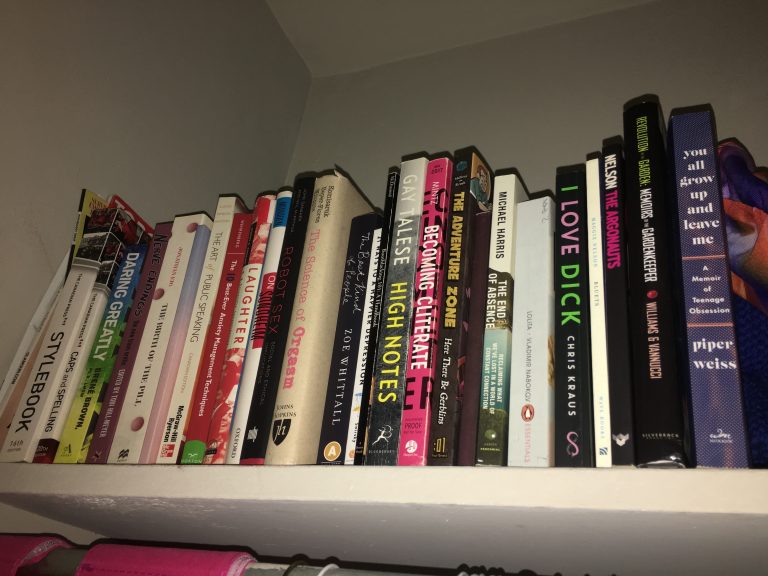
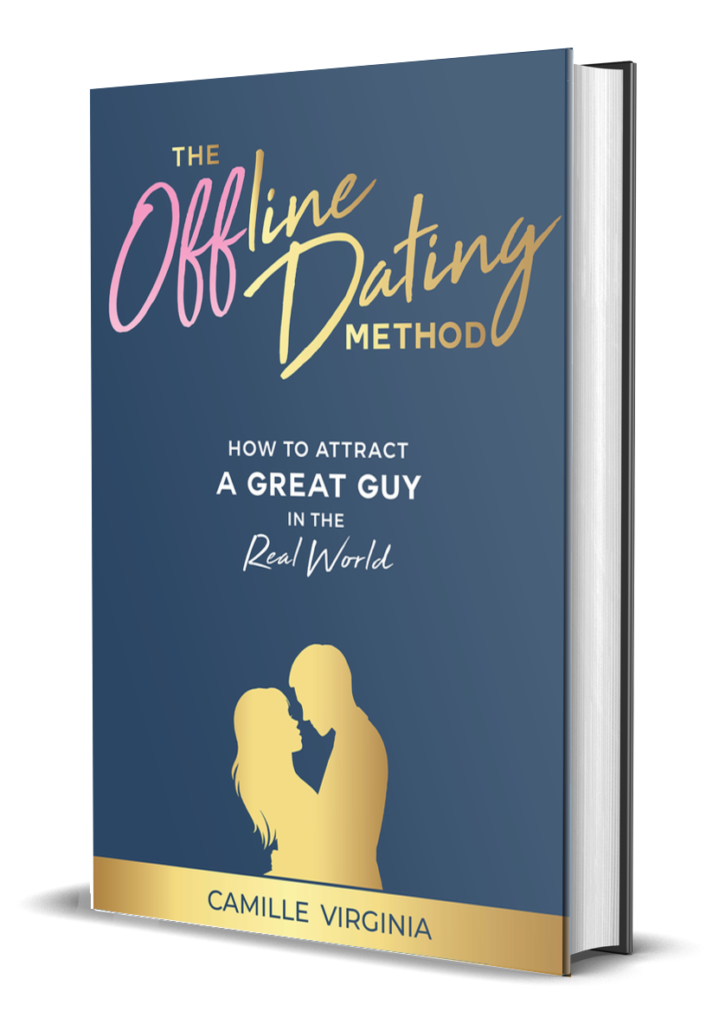 I receive many press releases per week, and most of them hold zero interest for me. Weird new porn movies. Shitty new vibrators. Swanky events I can’t go to because they’re in New York or Los Angeles.
I receive many press releases per week, and most of them hold zero interest for me. Weird new porn movies. Shitty new vibrators. Swanky events I can’t go to because they’re in New York or Los Angeles.
